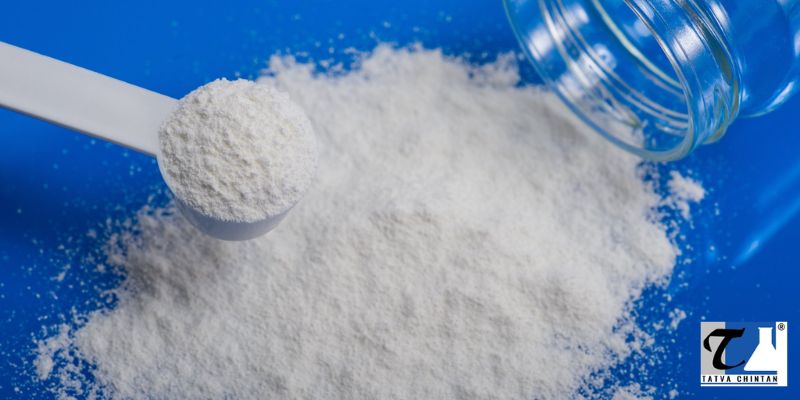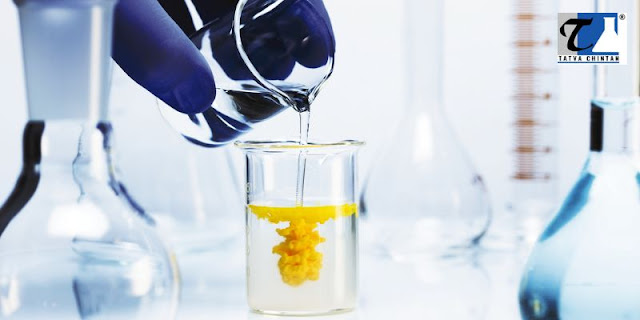ETHYL TRIPHENYL PHOSPHONIUM IODIDE applications
ETHYL TRIPHENYL PHOSPHONIUM IODIDE comes in powder or crystal form. Also referred to as ETPPI, it is a quaternary salt that is typically pale yellow or off-white. The color may change to yellow with storage. ETPPI is used as a catalyst in different processes and is often supplied in containers, usually bottles.
Applications of ETHYL TRIPHENYL PHOSPHONIUM IODIDE
ETPPI is highly soluble in water and a polar solvent. It offers superior latency, better stability, more controlled reactivity, and reduced odor compared to similar compounds that can be used for the same purposes. With it, there is minimal color formation.
Furthermore, it allows for longer, straighter-chain epoxy molecules while eliminating or reducing side reactions. There are different purposes that ETPPI can be used for. The most common applications of ETHYL TRIPHENYL PHOSPHONIUM IODIDE are listed below.
1. Curing of thermosetting powder coatings
The process during which a physical action or chemical reaction occurs is known as curing. Curing commonly leads to a tougher, more complex, more stable substance like concrete or a linkage-like adhesive bond. ETPPI finds application in the curing or advancement of thermosetting powder coatings.
The majority of powder coating procedures often include the use of thermoset materials. This is because they can provide a decorative and durable surface. The molecular weight of most thermosets is greater than that of liquid coatings but less when compared to thermoplastic materials.
Unlike thermoplastics, thermosets melt, flow, and can crosslink when heated. They are solid resins that form crosslinks that result in compounds with higher molecular weights. Thermally, the thermoset coating remains stable after curing. That is, further heating cannot melt it back to liquid.
Additionally, substrate and powder are used when curing powder coatings. Both materials must remain at the desired temperature for the specified time. The temperature must not fluctuate, and using a curing oven is the best way to cure powder coating this way.
2. Curing or advancement of phenolic-based epoxy resins
Another ETHYL TRIPHENYL PHOSPHONIUM IODIDE application is its use in curing phenolic-based epoxy resins. Phenolic-based epoxy resins are commonly used as resistive top coats or coatings for automotive parts, tank floors, pipes, and drums. These resins have high-temperature compatibility and solvent and chemical resistivities. These properties make them essential for corrosion resistance and other high-performance applications.
To use epoxy effectively and safely, it is essential to understand the chemistry. When a hardener is mixed with epoxy resin, a chemical reaction begins. This reaction changes the mixed liquid into a solid. The cure time is the total amount of time it takes for the combined liquid to transform into a solid.
The sequence in which the epoxy changes as it cures is from a liquid state to a gel state before finally becoming solidified. ETPPI can be used in the curing process.
For the epoxy to cure correctly, all substances involved in the reaction must be appropriately measured and mixed. For the appropriate mix ratio, you can check the datasheet or the label of the hardener. Also, begin with a small batch if this is your first time using ETPPI to cure or advance phenolic-based epoxy resins.
3. As a phase transfer catalyst
A catalyst is a chemical substance that alters the rate of a chemical reaction. For a phase transfer catalyst to perform a reaction, a reacting species must be transferred from one phase to another. This can be from the organic phase to the aqueous phase or vice versa.
Separating these species does not allow some chemical reactants to collide or react. However, a phase transfer catalyst like ETPPI solves this problem. With ETPPI, the immiscibility of the reactants, which can be a problem, is eliminated.
The reaction that may otherwise not occur due to not being in the same phase, either in the organic phase or the aqueous phase, is facilitated by substances such as ETHYL TRIPHENYL PHOSPHONIUM IODIDE.
In other words, ETPPI is a substance capable of transferring one reactant from one phase to another with a different reactant. The whole process is referred to as "phase transfer catalysis."
4. As a wittig reagent
ETPPI can be used as a Wittig reagent in the Wittig reaction. During the Wittig reaction, triphenylphosphine oxide and alkene may be formed from ketone or aldehyde by reacting with a Wittig reagent (a Triphenyl Phosphonium Ylide).
In other words, it is a valuable tool in organic synthesis, providing a pathway from ketones and aldehydes to alkenes. Alkenes are commonly synthesized organically using this reaction. As opposed to alcohol dehydration, which yields a mixture of double bonds located at different locations, alkene synthesis precisely determines where a double bond forms.
Wittig reactions are helpful in Wittig reactions since they form the alkene bond on the carbon at the ketone and aldehyde functional groups.
Conclusion
The powder of ETHYL TRIPHENYL PHOSPHONIUM IODIDE is white to off-white. Fluoroelastomers are synthesized using this quaternary phosphonium salt as a phase transfer catalyst and a Wittig reagent in organic synthesis. Polarizable solvents and water both make this substance very soluble.






Comments
Post a Comment